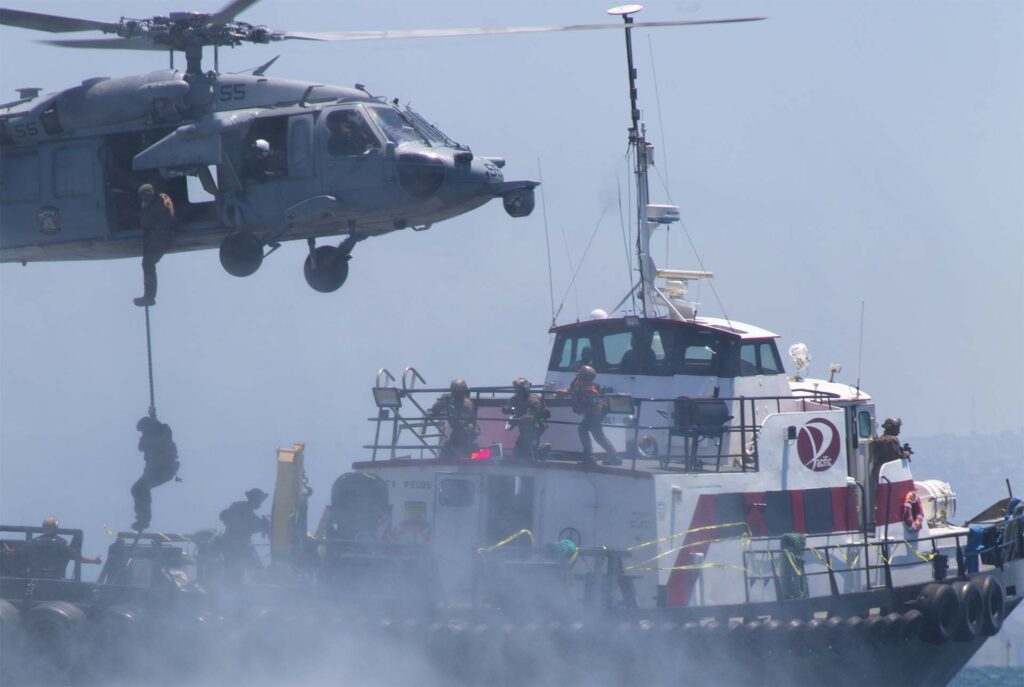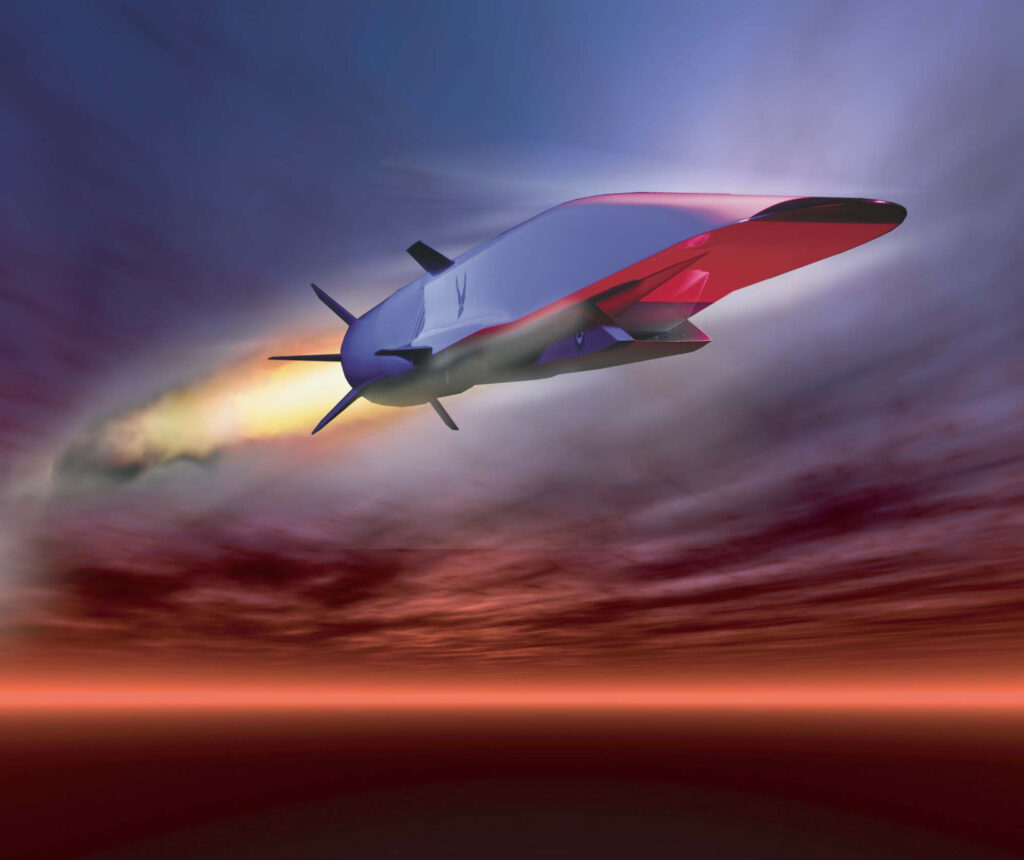The Office of Strategic Services (OSS) was the United States’ first major intelligence apparatus. During World War II, the OSS acted as spies, saboteurs, and intelligence gatherers and were the spymasters of their day. The OSS would go on to become the CIA. The OSS used a variety of weaponry for their operatives. Although it never had an official pistol, if it did, it would be the widely used M1903 Pocket Hammerless.
These days OSS-linked M1903 Pocket Hammerless pistols are quite the collector’s items. I don’t have a U.S. Property marked model with OSS provenance, but I was able to persuade a collector of fine old weapons to let me take his M1903 out to shoot. This hands-on experience gave me a connection with history and made it apparent why OSS operatives preferred the Colt M1903 Pocket Hammerless.
The M1903 Pocket Hammerless in living color

The M1903 Pocket Hammerless is a bit of a misnomer. The gun does have a hammer, but it’s hidden by the slide and frame of the gun. Much like the M1911, the M1903 has a single action-only hammer and the user could not manually cock or decock the hammer. The Pocket Hammerless name differentiated it from the M1903 Pocket Hammer, which was also in production at the time, but was a completely different gun.
These guns might seem large for jeans pockets, but Pocket, at the time, referred to a larger coat pocket. In a coat pocket, this gun disappeared with absolute ease.
The M1903 was produced in both .32 ACP and later .380 ACP. It’s common to call the .380 models 1908s since that was the first year they were produced. The M1903 Pocket Hammerless guns issued to OSS agents were used in both calibers. Our model is the .32 ACP variant.
This gun holds eight rounds of .32 ACP, which was an impressive capacity for the time. Most small handguns carried fewer rounds, and they outperformed duty-sized revolvers that were still popular in the 1940s.
Related: These are the pistols that America’s generals carry
Why the OSS used the M1903 Pocket Hammerless

The M1903 Pocket Hammerless was one of the best compact pistols of its era. It offered excellent reliability and was a great shooter made by an American company.
The Pocket Hammerless was also easy to conceal: It could be tucked away and comfortably carried concealed. Its light weight and small size were a gift to a man who wasn’t trying to get into a gunfight but to gather intelligence.
Eight rounds of .32 ACP or seven rounds of .380 ACP offered enough firepower to save your life, and the quick reloading nature of an automatic pistol made the weapon easy to use. On top of that, both the .32 ACP and .380 ACP calibers were popular throughout Europe making it easy for OSS agents working with foreign forces to source ammunition.
Handling and shooting

The Pocket Hammerless’s trigger was excellent and the weapon was quite accurate. In .32 ACP, the recoil is very minimal, and the gun is a real kitten in terms of control and capability.
However, its sights are exceptionally small and very hard to see: there is no contrast between the sights, and anything less than perfect lighting makes them nearly impossible to see, but when you can see the sights, it’s very easy to hit targets out to 25 yards. Up close, the gun points naturally, and in a rush, with a single hand, you could drop all eight rounds into the heart and lungs of a threat.
Like most pistols of the era, it lacks a slide hold open. When you’re out of ammo, you don’t know it until you hear a click. In contrast, a modern pistol will keep the slide locked to the rear and automatically let the user know that they are out of ammunition.

Even with its shortcomings for the era, the M1903 Pocket Hammerless proved to be dependable for OSS Agents.
It might be well over a century old, but it’s still a dependable pistol. I may prefer something more modern, but if I was given nothing more than an M1903 Pocket Hammerless, I wouldn’t feel too underarmed.
Feature Image: A Colt M1903 (Courtesy of author)
Editor’s Note: This article was originally published in March 2023.





